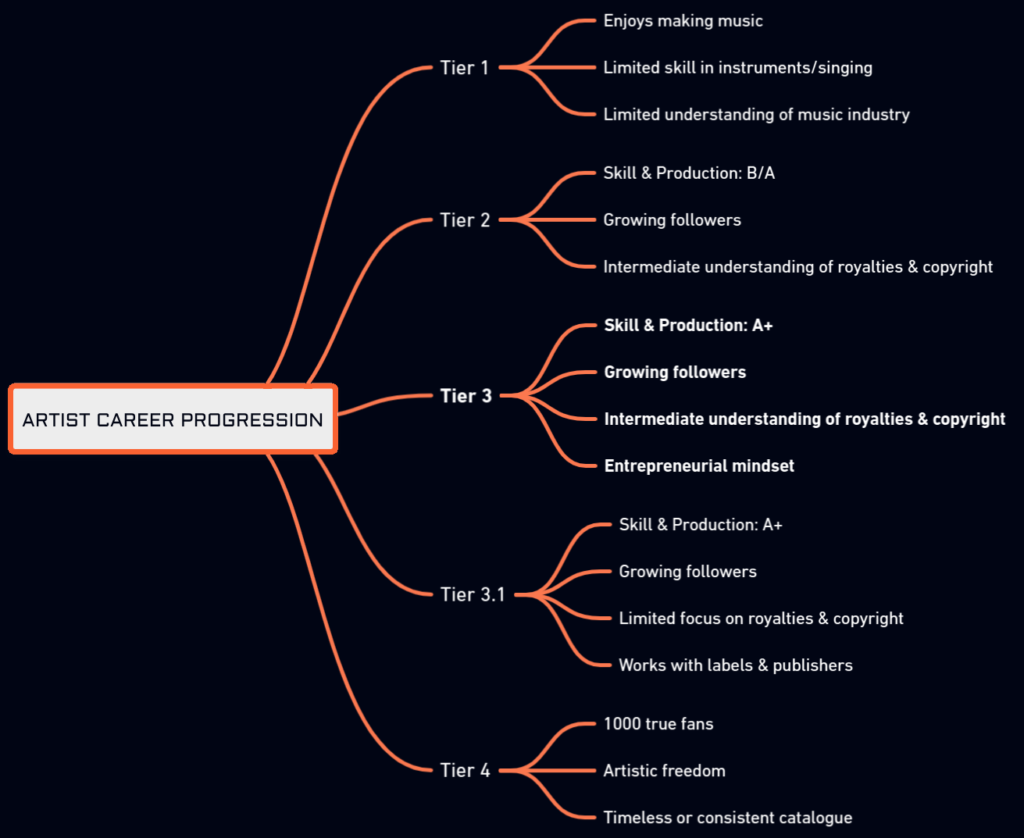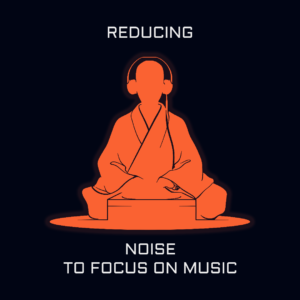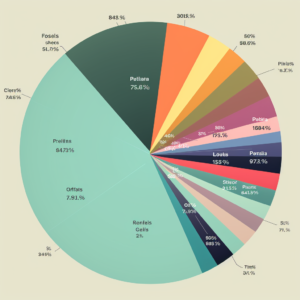The tiers of artist development
Considering the evolution of a music career in tiers can be helpful. While it’s not an exact science, there is a certain level of “development” that occurs, along with markers indicating progress both artistically and commercially.

Artist development at tier 1
Artists in the early stages of development are typically in a “learning mode.” They are focused on discovering their genres, unique sounds, fundamental lyrical topics, and key influences.
During this stage, artists gain confidence in their skills and abilities. They may feel motivated to take their craft more seriously. However, their skills may not yet be sufficient for performing in front of larger audiences or collaborating effectively with professional musicians.
Artists at this stage usually have limited knowledge of the music industry and may not know where to begin with copyright legalities.
Music academies, colleges, and universities primarily target artists in this stage as their main audience. This is the most effective way for artists to progress to the next stage of their career.
Artist development at tier 2
This stage is where many artists mistakenly believe they are ready for a music career. They have just graduated from university and often have a sense of entitlement, thinking that the music industry and music fans should automatically start paying attention to them.
However, even if their music is of high quality (which it often can be), they often lack a distinct and unique style. They either sound too similar to their influences or fail to delve deeply into their personal stories, which prevents them from building the emotional connection needed to inspire listeners to resonate with their music and become fans.
Tier 2 artists likely have a solid understanding of social media marketing and may have built a modest or even impressive following through their educational period and beyond.
These artists will also possess a fundamental understanding of the music business, copyrights, and royalties.
What holds tier 2 artists back or causes them significant problems include:
- Overconfidence: Sometimes, tier 2 artists believe that their blind ambition alone will lead to success. They may think that as long as they continue to believe in themselves and push forward, they will inevitably succeed. However, this overconfidence can turn into arrogance, preventing them from seeking out and collaborating with people who can help them further develop.
- Pigeonholes and lack of pivot experience: Many artists in this tier are younger and focus on trends that resonate with a large audience of teenagers and young adults. However, when the genre they are working with goes out of fashion or they experience a plateau in follower growth and struggle to make a sustainable income from their music, they often give up. Instead, these artists could transition and evolve into more refined and polished artists with the guidance of an artist developer.
- Signing bad deals: Ambition and naivety, combined with some level of success, can sometimes attract attention from predatory individuals. Unfortunately, these individuals are aware of the artists’ lack of experience and take advantage of them by offering unfair, long-term deals that exploit their popularity and ultimately leave them in a difficult situation. With the right management or representation, these artists could turn these opportunities around and use them as stepping stones for long-term success. However, their self-assurance often prevents them from relinquishing control and seeking professional help.
Tier 2 is a significant problem area in the development path. Artists often get stuck here, unable to make any significant changes while chasing a dream they’ve had since their teens. This can lead to bitterness and narcissism, trapping them in a cycle where they are unable to see the next stages of their development.
Artist development at tier 3
I split tier 3 up into 2 separate tiers depending on if the semi-developed artist has started thinking more commercially than artistically. The “DIY” era promoting “artists are businesses” is becoming more common, but being business-minded can also be a hinderance to artistic development.
For sake of clarity, I’m calling artists more commercially minded “tier 3” and the more artistically focused “tier 3.1”.
Tier 3 artists need to be cautious not to limit themselves to being just business people and neglect their artistic side. They may require guidance to prevent this. These artists exhibit exceptional skill and production quality in their music (A+ level). Although they have a growing number of followers, they have not yet reached the level of “1000 true fans.” They possess an intermediate understanding of royalties and copyright. They are intelligent and analytical, with aspirations to become an “entrepreneur CEO” and manage all aspects of their music independently, hiring a team when necessary.
Tier 3 artists differ from “shadow tier 2” artists (who also become self-reliant) because they are typically well-versed in business and understand the importance of collaborating with others. However, they might be cautious about working with horizontal collaborators and less inclined to enter into deals with independent labels and publishers, believing they can handle the work themselves. They may struggle with the idea of delegation, taking on more than they can handle, and potentially missing out on opportunities by not being open to sharing their work with other rights managers.
Tier 3 artists can greatly benefit from artist development, which provides support in both artistic and business growth. Artist developers play a crucial role in helping these artists stay accountable for dedicating time and effort to their artistic development, while also guiding them to think creatively and artistically. By working closely with artist developers, tier 3 artists can gain valuable insights on how to prioritise their time effectively, avoiding unnecessary tasks that may hinder their artistic growth. Additionally, artist developers can recommend what aspects of their business to delegate, freeing up more time for the artists to focus on their artistic and creative thinking.
Tier 3.1 artists possess music skills and production abilities that are of A+ quality. They have a growing fan base, although they may not yet have reached the “1000 true fans” threshold. These artists are creatively focused and not overly concerned with business matters such as royalties and copyright, except for what is necessary for payment. They collaborate with labels and publishers who have already signed artists slightly ahead of them in their careers.
In my professional opinion, tier 3.1 artists are the most likely to achieve success. However, this does not mean they won’t benefit from, or sometimes require, artist development.
Artist development at tier 4
Guess what? Even artists at the tier 4 development stage still require artist development!
Despite having at least 1000 true fans, enjoying artistic freedom, and earning a decent amount of recurring revenue from their catalogue, they still encounter challenges with their artist identity and product development. This is particularly true when they attempt to transition to a new sound or attract a new audience.

Tier 5 is autonomous - a self-developing god-like Sage who can shape-shift and inspire awe
Only at tier 5 would an artist have truly escaped the need for artist development. At this point, they either no longer need to develop further and simply want to continue the legacy of their existing body of work, or they choose to create music with the sound they have been known and loved for (although this is unlikely, as artists tend to be constantly seeking and developing beings!).
On the other hand, let’s consider David Bowie: he mastered the art of deep introspective exploration, visualisation, and transforming his subconscious visions into tangible personas and art forms. An artist like him has assembled a perfect team to handle any distractions, allowing him to fully dedicate himself to his art. In my opinion, this represents the highest level of artistic potential.
Blog posts about artist development
The music industry is probably not your Ikigai
The majority of my audience is either trying to become...
Read MoreHow I stopped LinkedIn hijacking my attention and creativity so I can stay focused on artist development and music production
What’s wrong with content lately? I’ve taken a stand against...
Read MoreHow to gain music industry market share as an independent artist
Strategies for market share and listener retention in the attention...
Read MoreHow to use music feedback to get heard by A&Rs and get more streams
Feedback is by its nature critical. Its intention isn't to...
Read More


